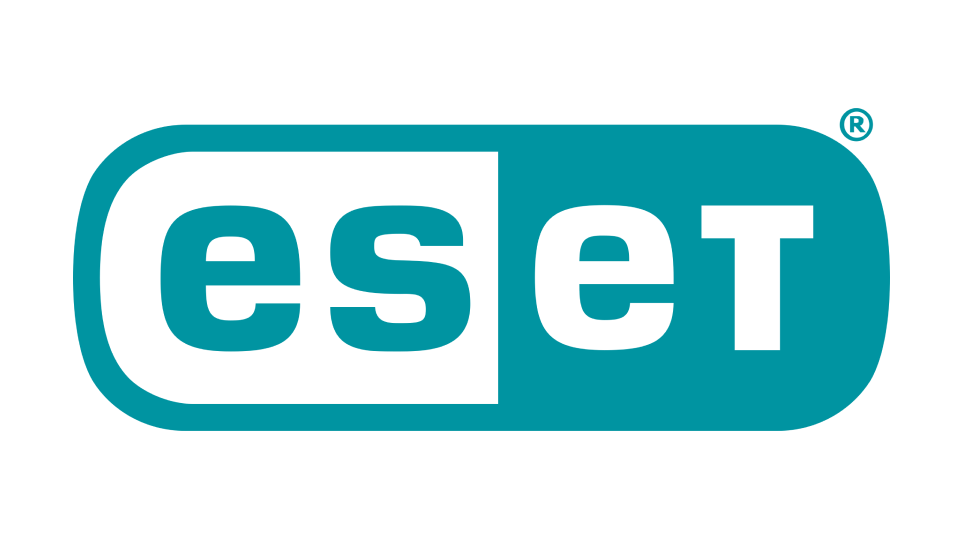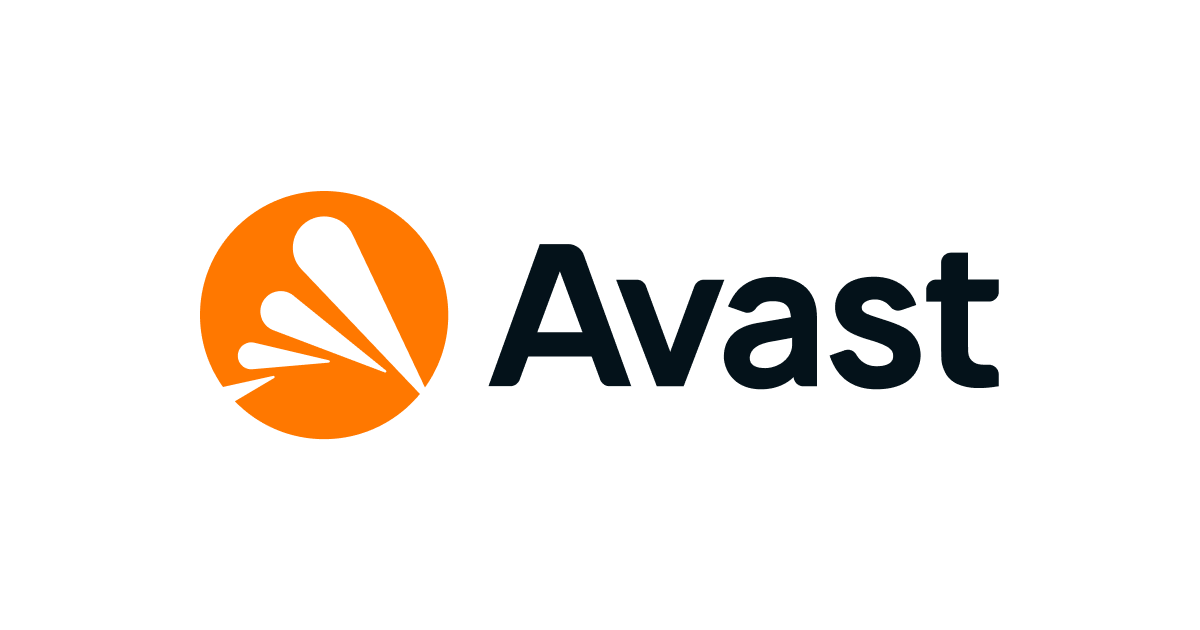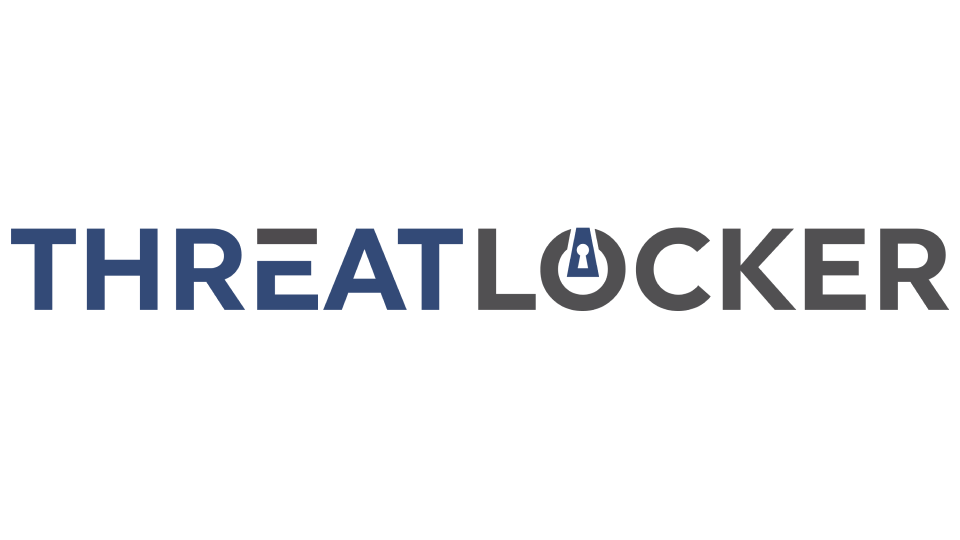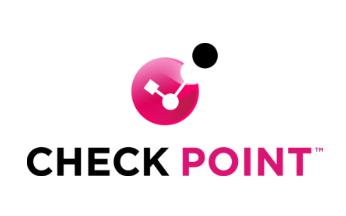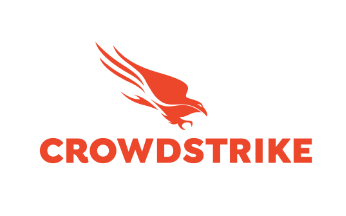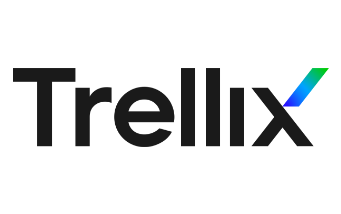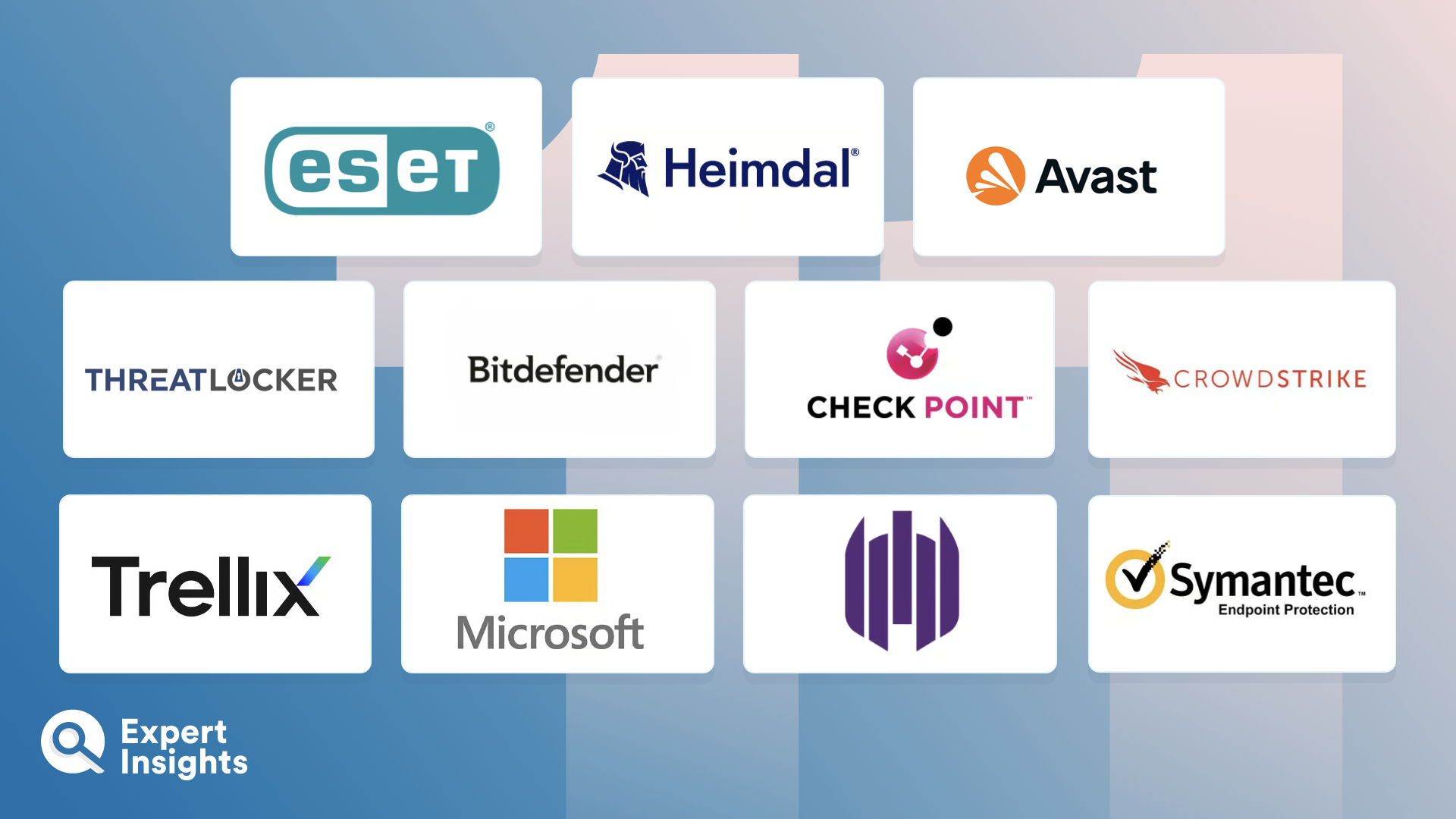Other Solutions to Consider
We researched lots of endpoint security solutions while we were making this guide. Here are a few other tools worth your consideration:
- Webroot Endpoint Protection: A cloud-based solution that protects organizations against malware, ransomware, phishing attacks, and zero-day exploits.
- Sophos Intercept X: This solution detects and removes up to 99% of known and unknown malware, ransomware, and other endpoint threats.
- Trend Micro Worry-Free Business Security: This solution uses machine learning, behavioral analysis, and application control to effectively identify and remediate threats such as binary and scripted threats, phishing, and vulnerability exploits.
- WithSecure Elements Endpoint Protection: This solution offers powerful AI-driven protection for Windows, macOS, and Linux devices against malware, ransomware, and other endpoint threats. It offers particularly high detection rates against script-based exploits.
- Datto Antivirus: This solution uses AI, machine learning, and Datto’s threat detection engine to identify and block known and unknown threats in real-time.
- Norton Small Business: Ideal for smaller teams, this solution offers protection against malware, ransomware, and zero-day exploits against PCs, Macs, and iOS and Android devices.
Endpoint Protection: Everything You Need To Know
What Is Endpoint Protection Software?
Endpoint protection (EPP) software is a cybersecurity solution that protects your endpoint devices (PCs, mobiles, laptops, tablets, routers, etc.,) against malware, phishing, harmful files, and suspicious activity.
EPP solutions are typically deployed via a software agent, which is installed directly onto the end user’s device and managed by admins from a central dashboard. From here the admins can configure policies, respond to incidents, and track endpoints connected to the network.
What Is An Endpoint In Cybersecurity?
Any physical device connected to your network is described as an ‘endpoint’ in cybersecurity. This can include PCs, laptops, mobile devices, virtual machines, servers, and routers. Internet-of-things (IoT) devices are also endpoints – this includes cameras, smart speakers, lights, security hardware, smart refrigerators, toys, and even smart televisions.
Essentially, any device that can connect to your network and transfer or receive data is considered an endpoint device. Any of these devices has the potential to become compromised and pose a risk to the wider network. However, most endpoint protection solutions for the enterprise focus on protecting end-user devices, such as laptops, PCs, and mobile devices, rather than IoT devices. This is because these web browsing workstations are the most targeted vectors in most organizations when it comes to malware and ransomware.
How Does Endpoint Protection Work?
Endpoint protection solutions are deployed directly onto every individual endpoint on the network. This enables them to scan the device locally for malware and suspicious activity. They can also encrypt files and ensure that only approved applications are installed on the device.
Traditionally, endpoint security tools would use a signature-based system to detect malware and prevent it from being installed. Signature-based detection systems compare files and URLs with known malware examples to prevent users from downloading malicious documents or visiting harmful web pages. While this provides fast and effective protection against known risks, there is the risk that unknown and emerging malware strains can slip through.
For this reason, many leading endpoint security tools today use a heuristic system based on ML engines, alongside (or in place of) signature-based detection. Heuristic endpoint protection systems use a confidence-based philosophy to assess files and judge whether it is likely to be malicious, even if the code has never been seen before. As many cybersecurity companies operate massive threat intelligence platforms with hundreds of millions of data points collected every day, week, or month, it does not take long for these AI systems to become effective at catching highly advanced malware strains, with very low false positive rates.
Many endpoint security vendors now combine endpoint security with endpoint detection and response (EDR) and extended detection and response (XDR) capabilities. These services provide greater remediation and investigation features, often utilizing machine learning to enable faster identification and resolution of detected threats. They also often integrate with third-party tools for more in-depth reporting across your security stack. You can view our guide to the top XDR solutions here.
What Is Endpoint Detection And Response (EDR)?
EDR solutions are an evolution of endpoint security that continuously monitors end-user devices to detect and respond to advanced threats. While endpoint protection solutions traditionally scan user devices periodically (as well as scanning new files and web downloads), EDR solutions continuously scan for suspicious activity, recording, and analyzing endpoint behaviors at the system level. EDR solutions can automatically block malicious endpoint activity and provide high levels of contextual data and remediation actions for IT admins.
Many endpoint security vendors now offer EDR capabilities built into their core endpoint solutions, or offer these features as additional, tightly integrated products. We’ve put together a separate list of the top endpoint detection and response solutions here.
What Is Extended Detection And Response (XDR)?
XDR tools are an evolution of EDR solutions. They are SaaS-based solutions that provide threat detection and incident response across the entire network, not just your endpoints.
We’ve put together a separate guide to choosing the best XDR solutions here.
What Is Managed Detection And Response (MDR)?
MDR refers to EDR solutions that are managed by a security vendor directly on behalf of the organization. Tasks such as incident investigation, alert triaging, threat hunting, and remediation are outsourced to the vendor, saving valuable time for IT admins and SOC teams. This can make security more accessible to SMBs with a lack of internal resources, and can bolster the efforts of larger security teams with external expertise. You can read our guide to the top 10 managed detection and response solutions here.
How Is Endpoint Security Deployed?
Endpoint security is typically deployed as a software agent which is downloaded to end user-devices. These work on the device locally, so scanning and malware protection can take place even when the device is offline.
A key component of endpoint security is the management console, which allows admins to monitor, control, and track all the endpoint devices with the software agent installed. This admin console can be deployed in the cloud, on-premises, or a hybrid approach, depending on your organization’s preferences.
How To Choose The Right Endpoint Protection Solution
There are many considerations to make when choosing an endpoint protection solution, including factors such as price, features, and compatibility with the devices your workforce uses. Some important factors to consider when choosing the right solution include:
- Features: How developed is the solution’s feature-set, and does it meet the challenges facing your organization?
- Scalability: What is the cost for your organization, and can it scale with your teams’ growth?
- Performance: Does the solution impact on the performance of machines? Is it easy to manage for end users?
- Integrations: Does it integrate with the devices your workforce is already using? What about other security tools?
- Support: Is the solution regularly updated? Does it have an in-depth knowledge base?
Planning out your organization’s requirements around these questions can be a strong way to identify the best endpoint protection solution for your organization.
What Features To Look For In An Endpoint Protection Solution
To protect endpoint devices against malware, there are many key features enterprise endpoint protection solutions provide for teams. This includes:
- Anti-virus and anti-malware detection engines to prevent harmful malware
- Analysis of inbound and outbound traffic to prevent malicious downloads
- Data loss prevention (DLP) features, such as data encryption and file upload prevention
- Application and device control policies, to prevent users installing certain apps and services
- Reporting and alerting so admins can quickly identify compromised devices
What To Look For In An Endpoint Protection Solution For Small Business
The best endpoint protection for a small business is dependent on several factors, not least your organizations budget, the type of endpoint devices you are running (Mac vs PC), your industry, the level of security you need, and the number of users.
There are a wealth of endpoint security providers that offer powerful, easy-to-install, and cost-effective endpoint security solutions for small-and-midsized organizations. ESET, Avast, and Bitdefender, for example, are all known for their small-business and consumer focused endpoint security solutions. There is more detail on each of these providers featured on our list of the top endpoint security solutions for business.
For more from Expert Insights on the best endpoint protection for small businesses, read our guide to the Top 10 Antivirus Software For Small Businesses.
Why Implement Endpoint Protection?
There has been an increase in devices needed for an employee to do their work in recent years. It was estimated by TechJury that by the end of 2021, there would be 46 billion IoT devices connected around the world. That’s a lot of devices. Each device connected to a company network is a gateway to said company network.
With so many devices in circulation and so many of them potentially attached to your company network, it opens up a lot of unsecure gateways for threat actors to take advantage of. While endpoint security also serves for on-prem devices within the data center, it becomes especially important when these devices reside outside of it, which has become the norm since COVID-19 and the rapid rise of remote work and Bring Your Own Device (BYOD). These devices are all endpoints and potential attack vectors which need to be secured.
Potential risk can come from all angles. Malware, ransomware, and security breaches can occur from an employee clicking a malicious link on their mobile device, or from someone downloading an attachment from a dubious source, as well as other avenues. A rise in hybrid and remote working has also seen end-users connecting to work networks at home or through public Wi-Fi networks. This, twinned with an increase in edge devices (devices that reside outside of a centralized data center) and BYOD, has led to an increasingly flexible network perimeter.
Comprehensive endpoint protection aims to eliminate these risks by securing an organization’s endpoints through a series of security measures that work in tandem with each other.
More Endpoint Security Articles
Top Endpoint Protection: Shortlist FAQs
The Best Endpoint Protection Solutions For Business: Shortlist FAQs
Why should you trust this Shortlist?
This list has been edited and reviewed by Expert Insights CEO and Founder, Craig McAlpine. Craig has over 25 years’ experience in the cybersecurity industry. In 2003, he founded EPA Cloud, an email security company which was acquired in 2013 by Global (now Ziff Davies Inc).
Craig is an experienced endpoint security practitioner who has worked in cybersecurity management, in an MSP environment, as an email security supplier, and as a vendor in the course of his career.
This article was written by Content Director at Expert Insights Joel Witts, who has been covering the cybersecurity market as a journalist for 6+ years.
Research for this guide included:
- Conducted first-hand technical reviews and testing of 30+ leading endpoint security, EDR, and antivirus solutions.
- Interviewed 25+ executives in the EPP, XDR, EDR, and MDM vendor market.
- Researched and demoed over 50+ antivirus and endpoint protection solutions in several categories over several years.
- Spoken to several organizations of all sizes about their endpoint security challenges and features.
This guide is updated at least every 3 months to review the vendors included and ensure features listed are up to date.
How was the Shortlist picked?
When considering endpoint security solutions, we evaluated providers based on the following criterion.
Product Performance: We considered the capabilities, device performance and threat hunting effectiveness of all vendors as part of the inclusion process. This included first hand technical tests where possible, but also referencing independent third-party AV tests, and considering customer feedback.
Market Perception: We reviewed each vendor included on the Shortlist to ensure they are reliable, trusted providers in the market. We reviewed their documentation, third-party analyst reports, and where possible we have interviewed executives directly.
Customer Usage: We use market share as a metric when comparing vendors and aim to represent high market share vendors and challenger brands with innovative capabilities. We have spoken to end-customers, and reviewed customer case studies, testimonials, and end user reviews.
Product Heritage: Finally, we have looked at where a product has come from in the market. We have looked at when companies were founded, their leadership team, their mission statements, and their successes. We have also considered product updates and how regularly new features are added. We have ensured all vendors are credible leaders with a solution we would be happy to use ourselves.
Based on our experience in the identity and broader cybersecurity market we have also considered several other factors, such as extended capabilities and offerings in adjacent product categories (MDR, XDR, EDR), ease of use and deployment, and integrations on offer.
There are over 400 vendors in the endpoint protection market. This list is designed to be a selection of the best providers. Many leading solutions have not been included in this list, with no criticism intended.



